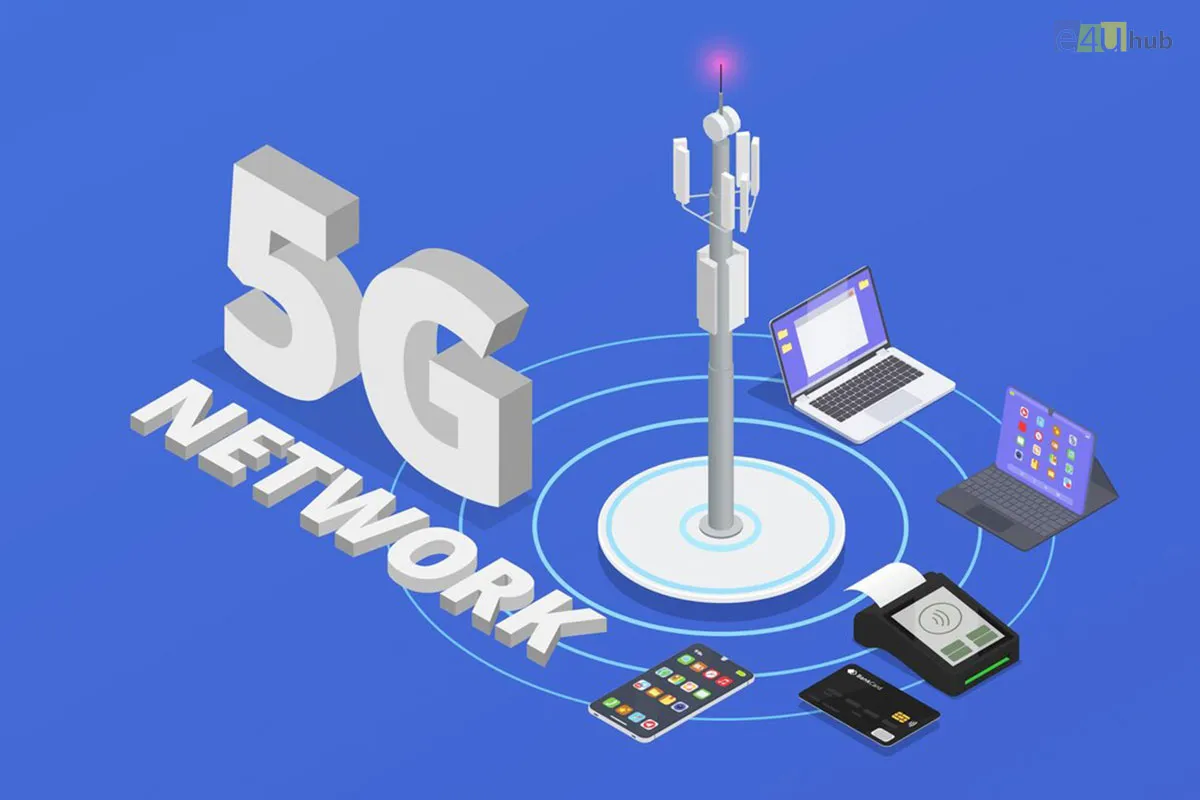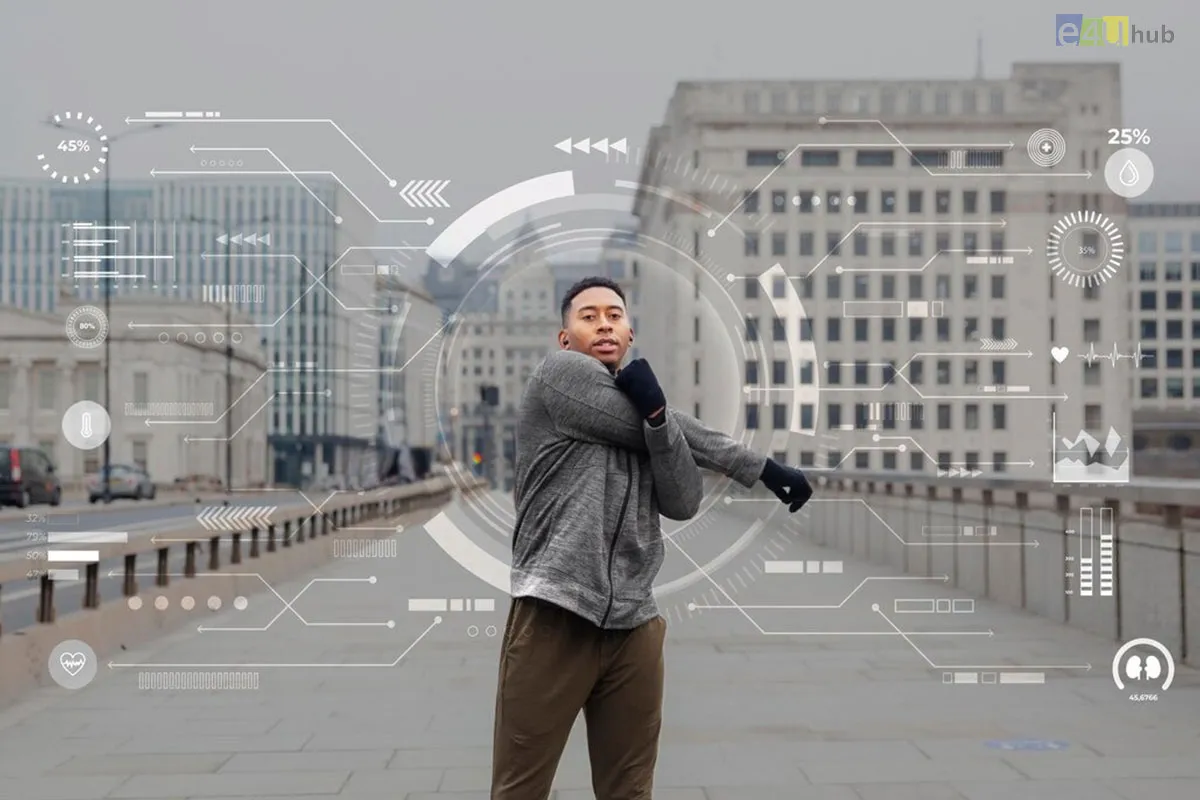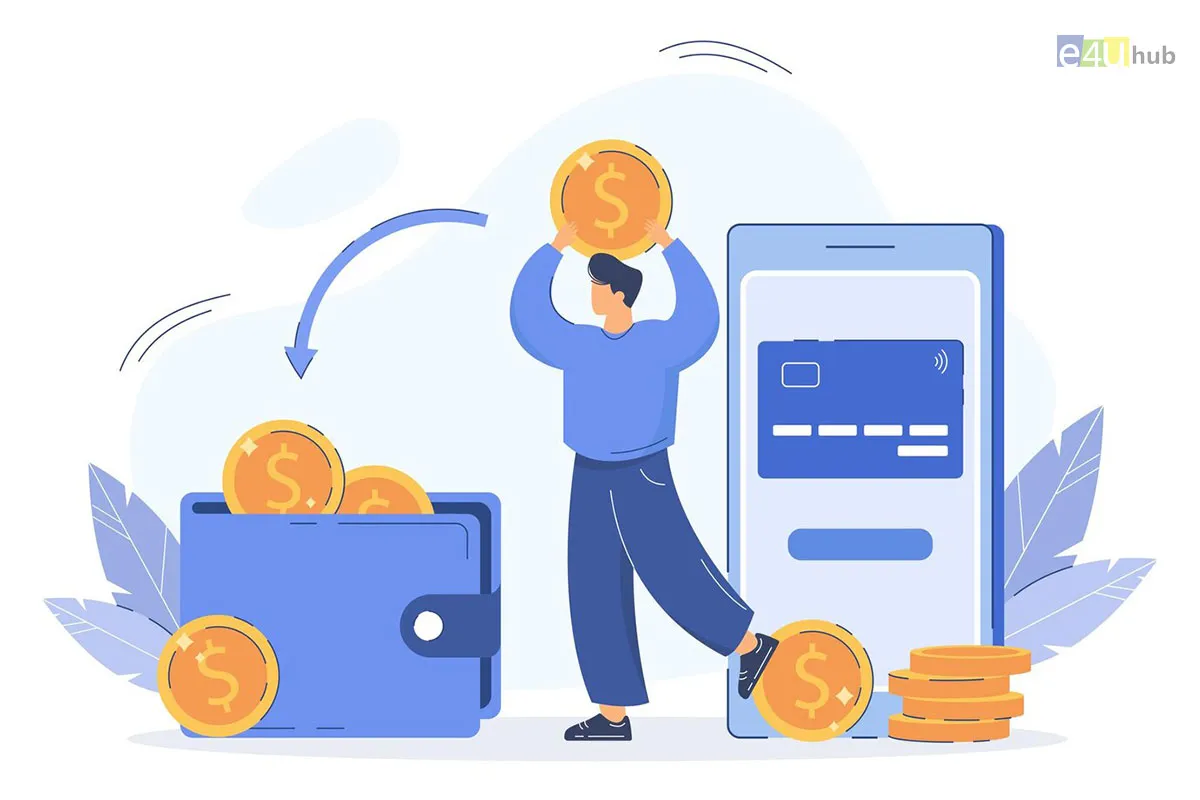
Innovative Ways Technology Is Transforming Education
- 07 Feb, 2024
- Tech
- 563 Views
- 0 Comments
Technology has revolutionized nearly every aspect of our lives, and education is no exception. From virtual classrooms to interactive learning platforms, innovative technologies are reshaping the way we teach and learn. In this blog post, we'll explore some of the most exciting ways technology is transforming education and revolutionizing the learning experience for students and educators alike.
1. Virtual Classrooms and Online Learning Platforms:
a. Virtual classrooms and online learning platforms have made education more accessible than ever before.
b. Students can attend classes, complete assignments, and interact with instructors from anywhere with an internet connection.
c. These platforms offer flexibility, allowing students to learn at their own pace and on their own schedule.
2. Interactive Learning Tools and Simulations:
a. Technology has brought about a shift from passive to active learning, with interactive tools and simulations engaging students in the learning process.
b. Virtual labs, simulations, and educational games provide hands-on learning experiences that enhance comprehension and retention.
c. These tools cater to different learning styles, making education more inclusive and effective.
3. Personalized Learning Experiences:
a. Adaptive learning algorithms analyze students' performance and tailor learning materials to their individual needs and abilities.
b. Personalized learning platforms offer customized lessons, quizzes, and assessments, allowing students to focus on areas where they need the most support.
c. This personalized approach to education maximizes learning outcomes and empowers students to take control of their learning journey.
4. Augmented Reality (AR) and Virtual Reality (VR) in Education:
a. AR and VR technologies immerse students in interactive, three-dimensional learning environments.
b. Students can explore historical landmarks, dissect virtual organisms, or simulate real-world scenarios, enhancing their understanding of complex concepts.
c. These immersive experiences foster curiosity, creativity, and critical thinking skills, making learning more engaging and memorable.
5. Collaborative Tools and Digital Collaboration:
a. Digital collaboration tools facilitate communication and collaboration among students and educators, regardless of their geographical location.
b. Platforms like Google Workspace and Microsoft Teams enable real-time collaboration on documents, presentations, and projects.
c. Collaborative learning promotes teamwork, problem-solving, and communication skills, preparing students for success in the digital age.
6. Access to Open Educational Resources (OER):
a. The proliferation of open educational resources (OER) has democratized access to high-quality educational content.
b. OER, including textbooks, videos, and interactive tutorials, are freely available online, reducing barriers to education and promoting lifelong learning.
c. Educators can customize and remix OER to meet the specific needs of their students, fostering creativity and innovation in teaching.
Conclusion:
Technology has the power to revolutionize education, making learning more accessible, engaging, and effective. From virtual classrooms to personalized learning experiences, innovative technologies are transforming the way we teach and learn. By embracing these advancements and harnessing the potential of technology, we can create a brighter future for education and empower learners to reach their full potential in the digital age.














Leave a Reply